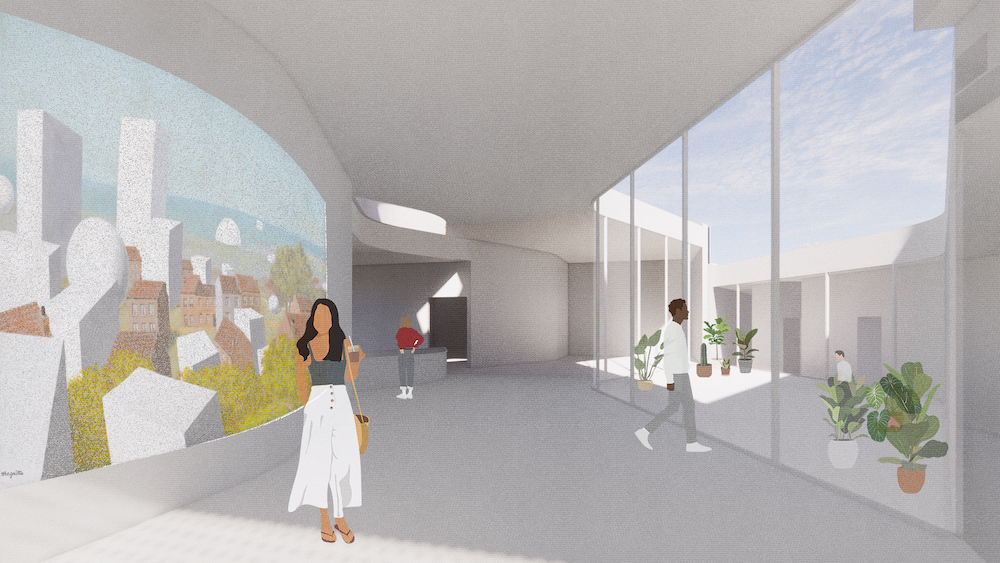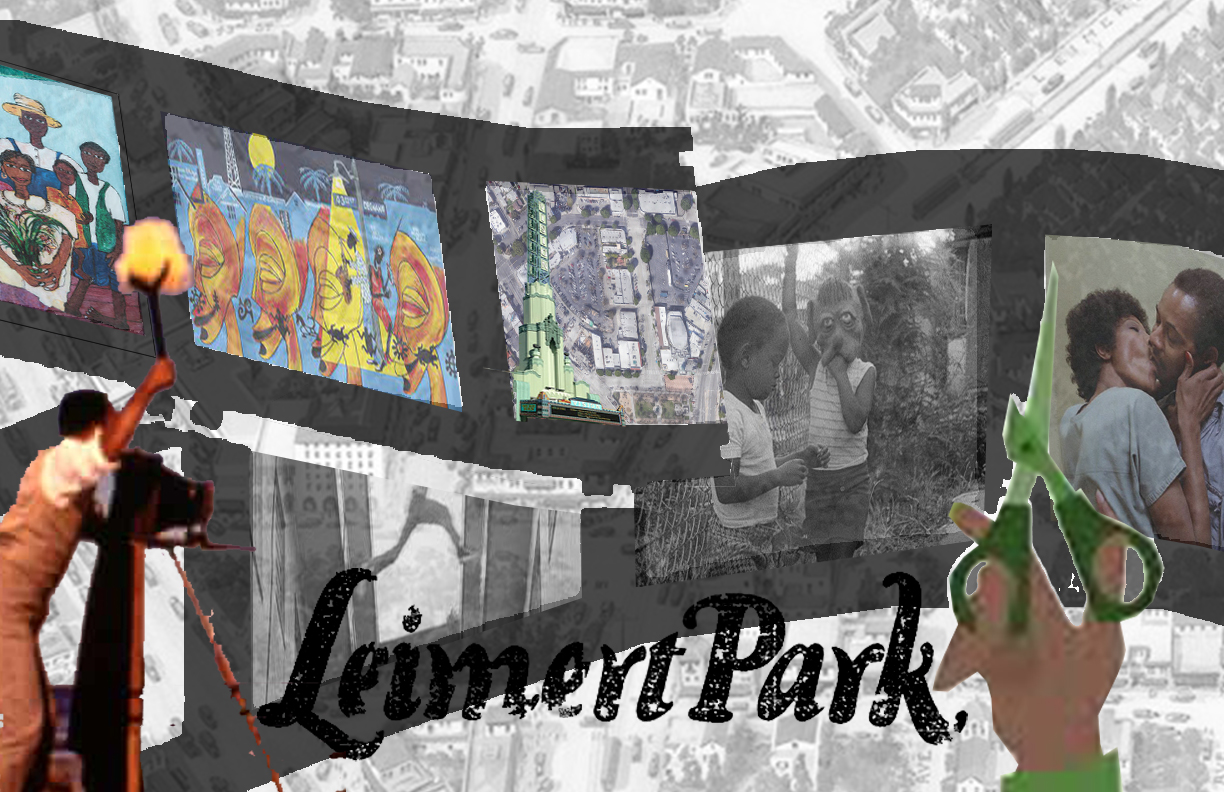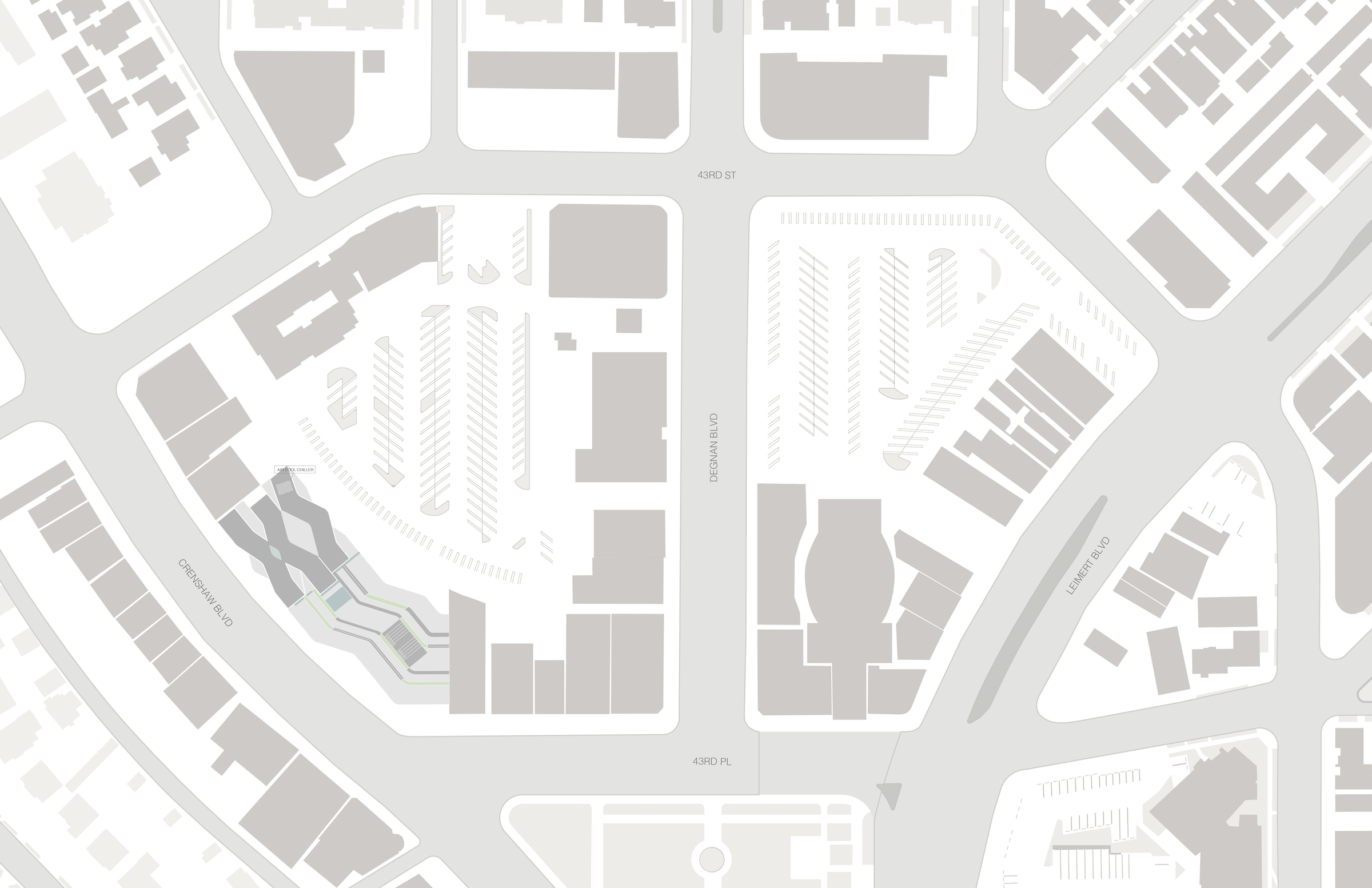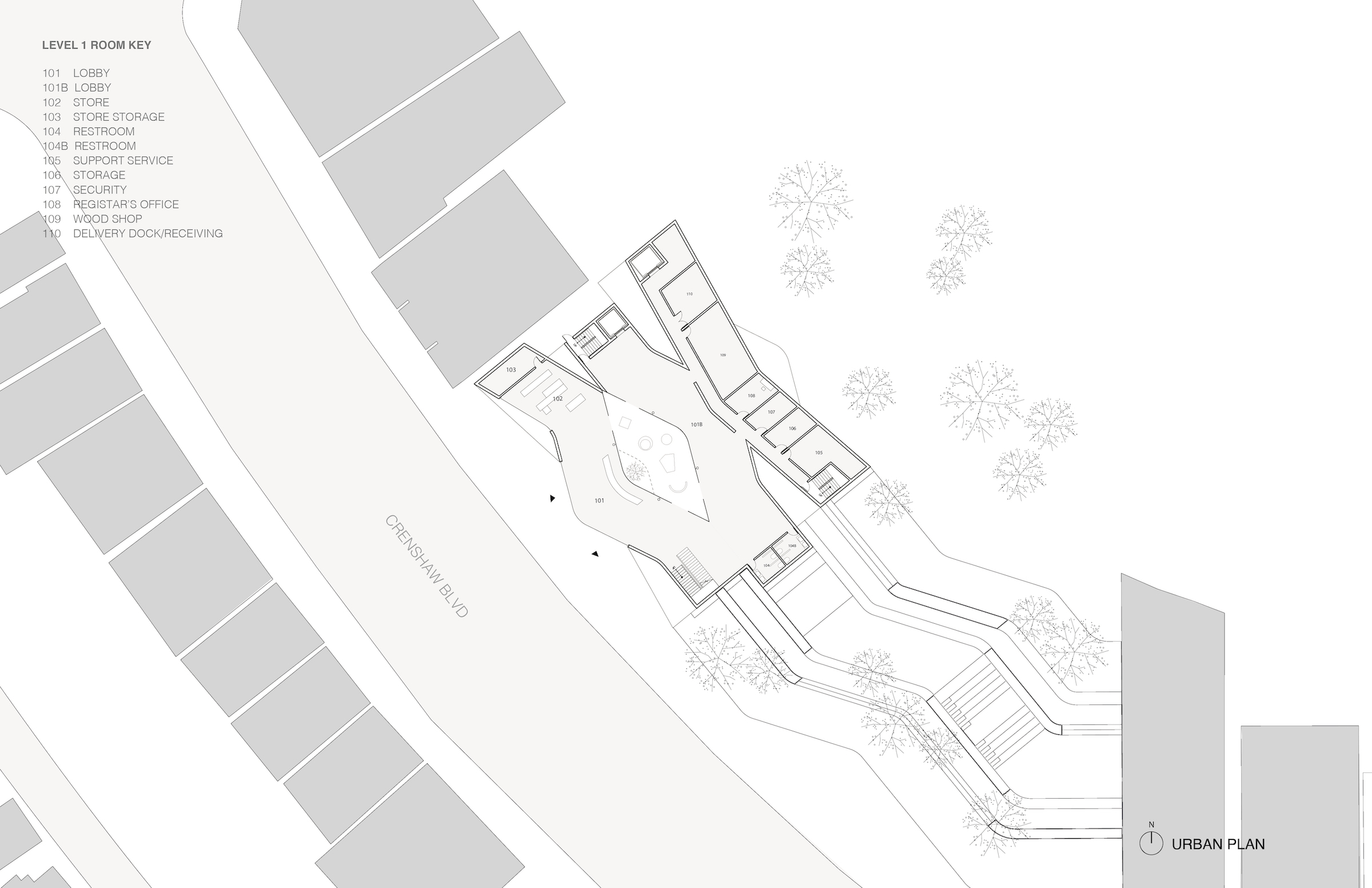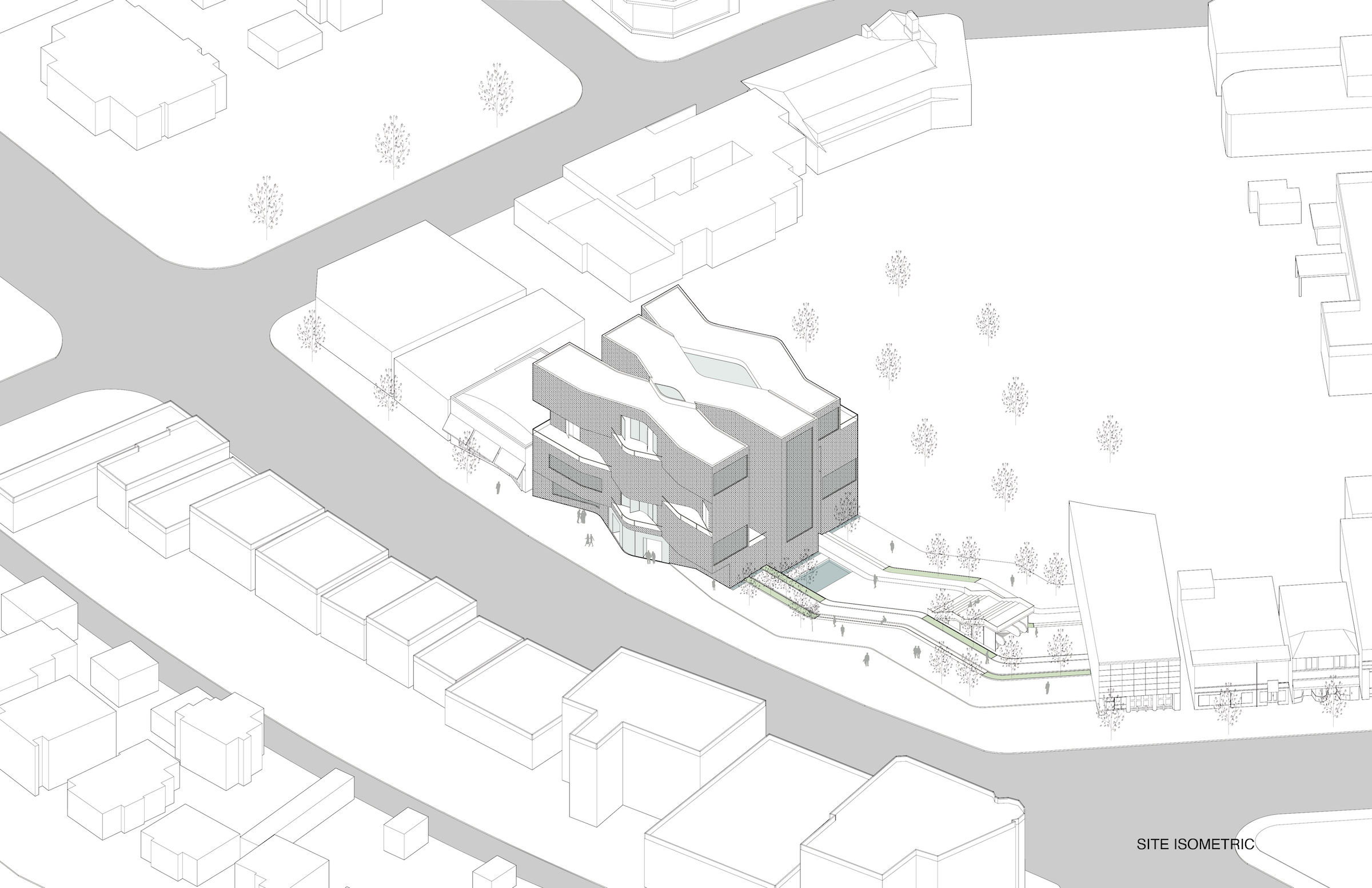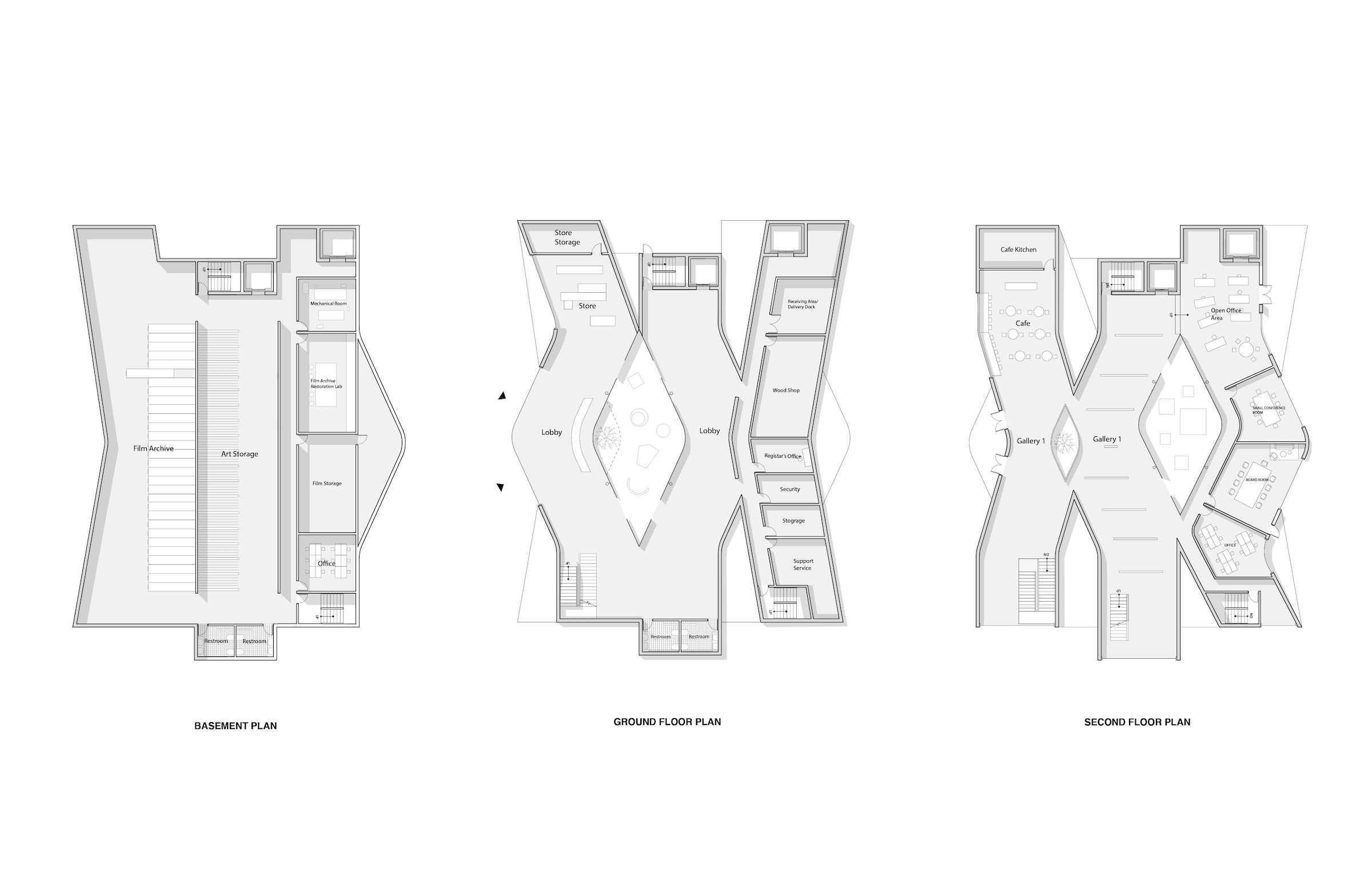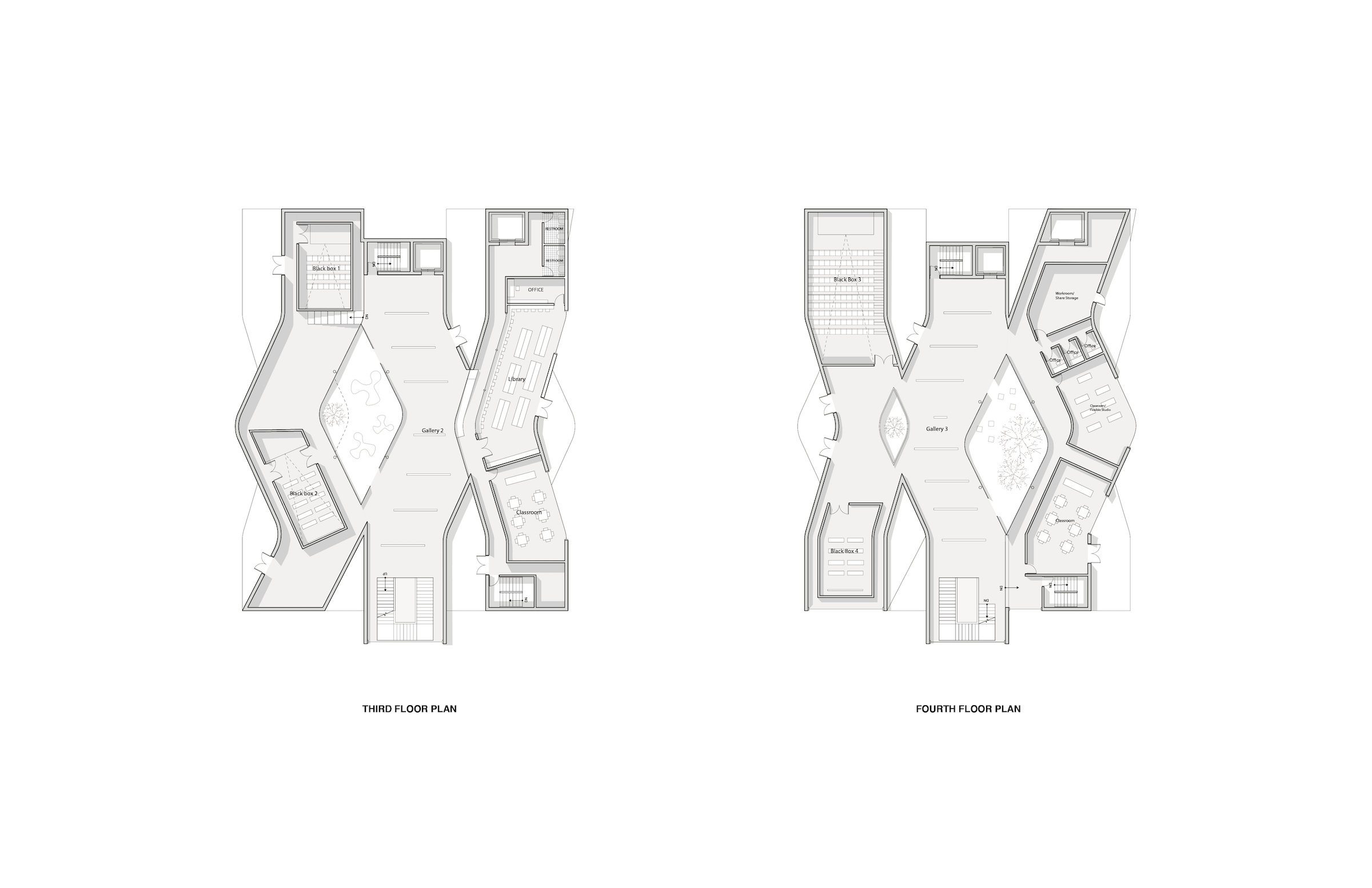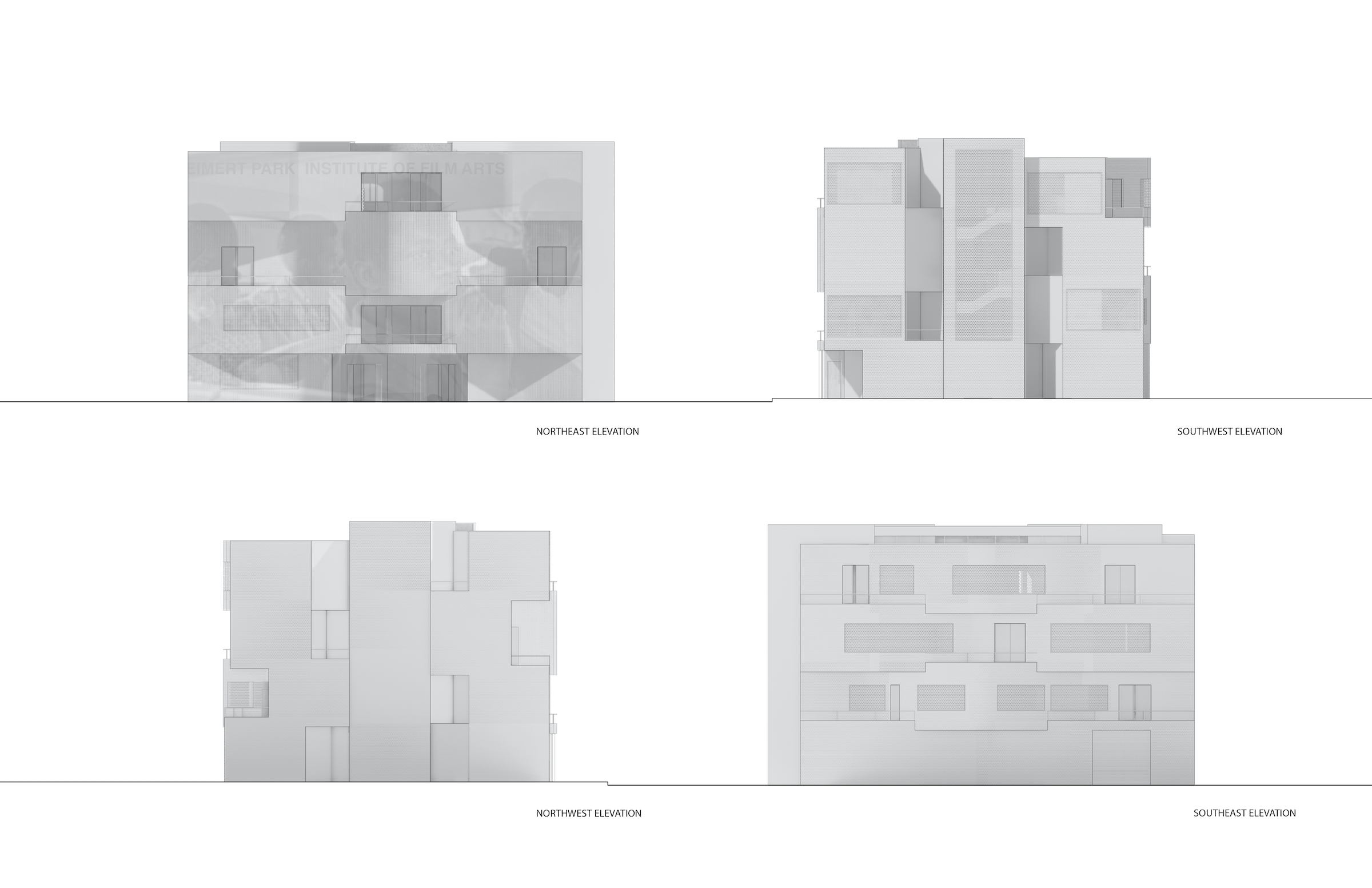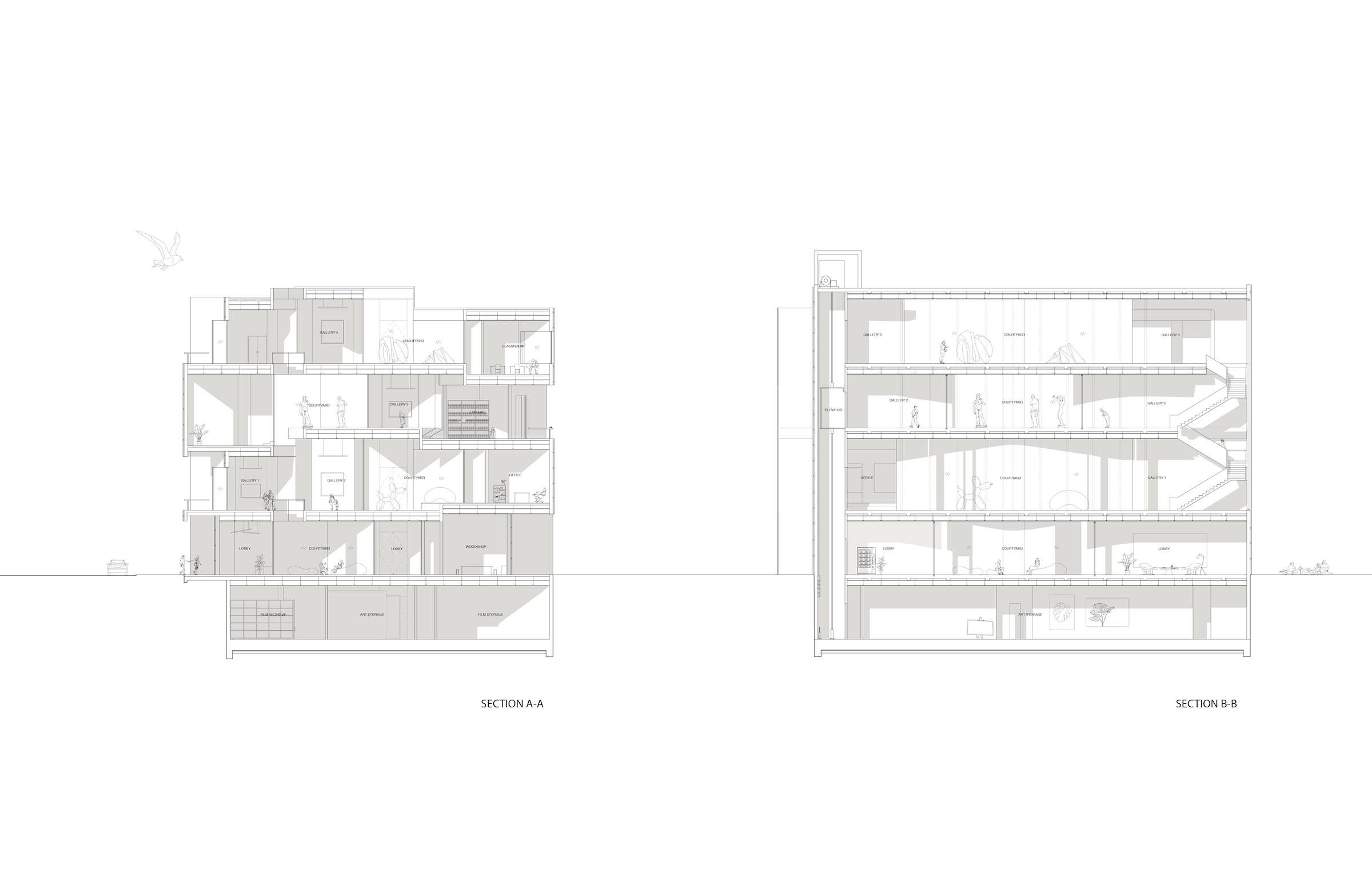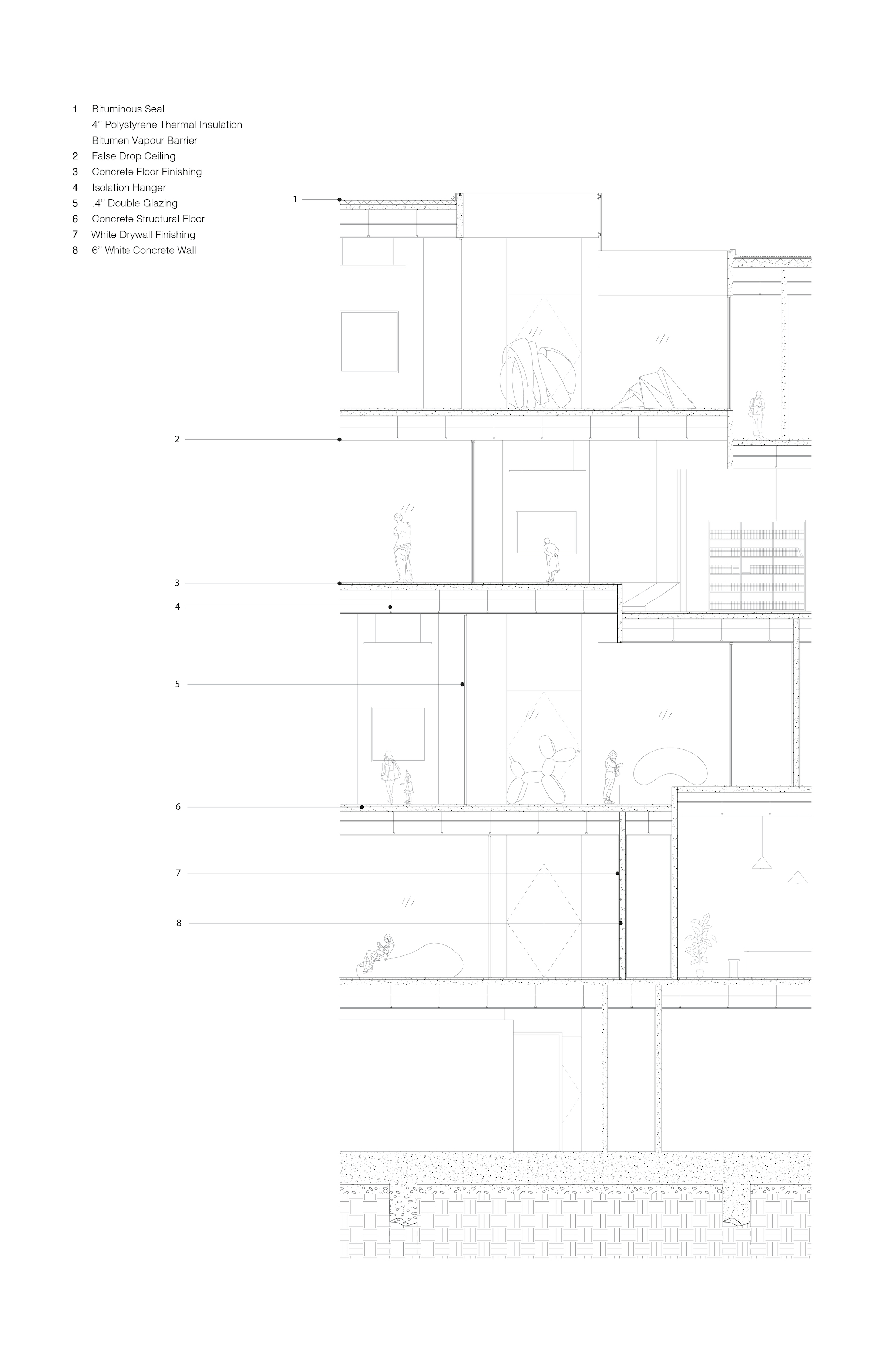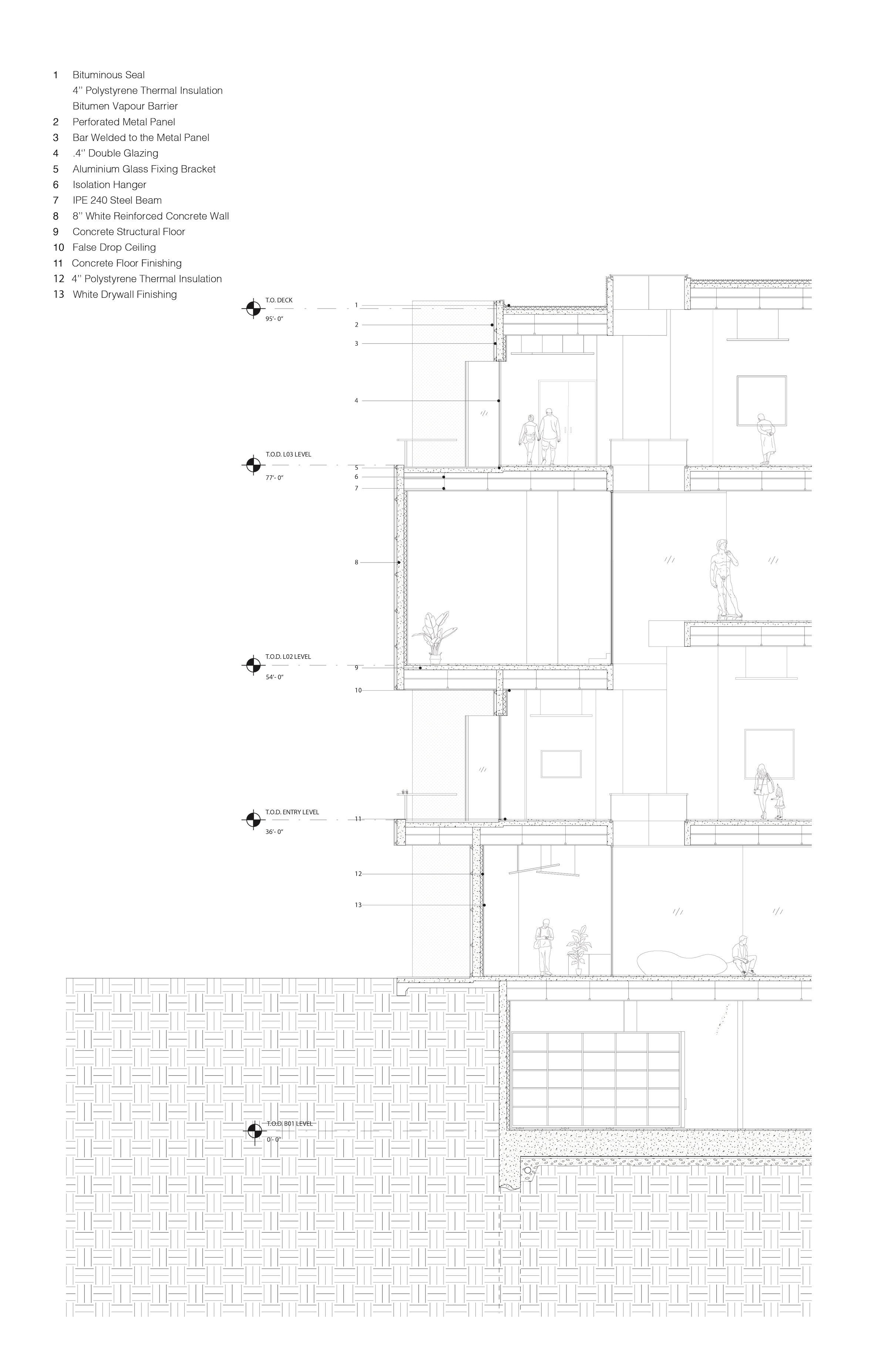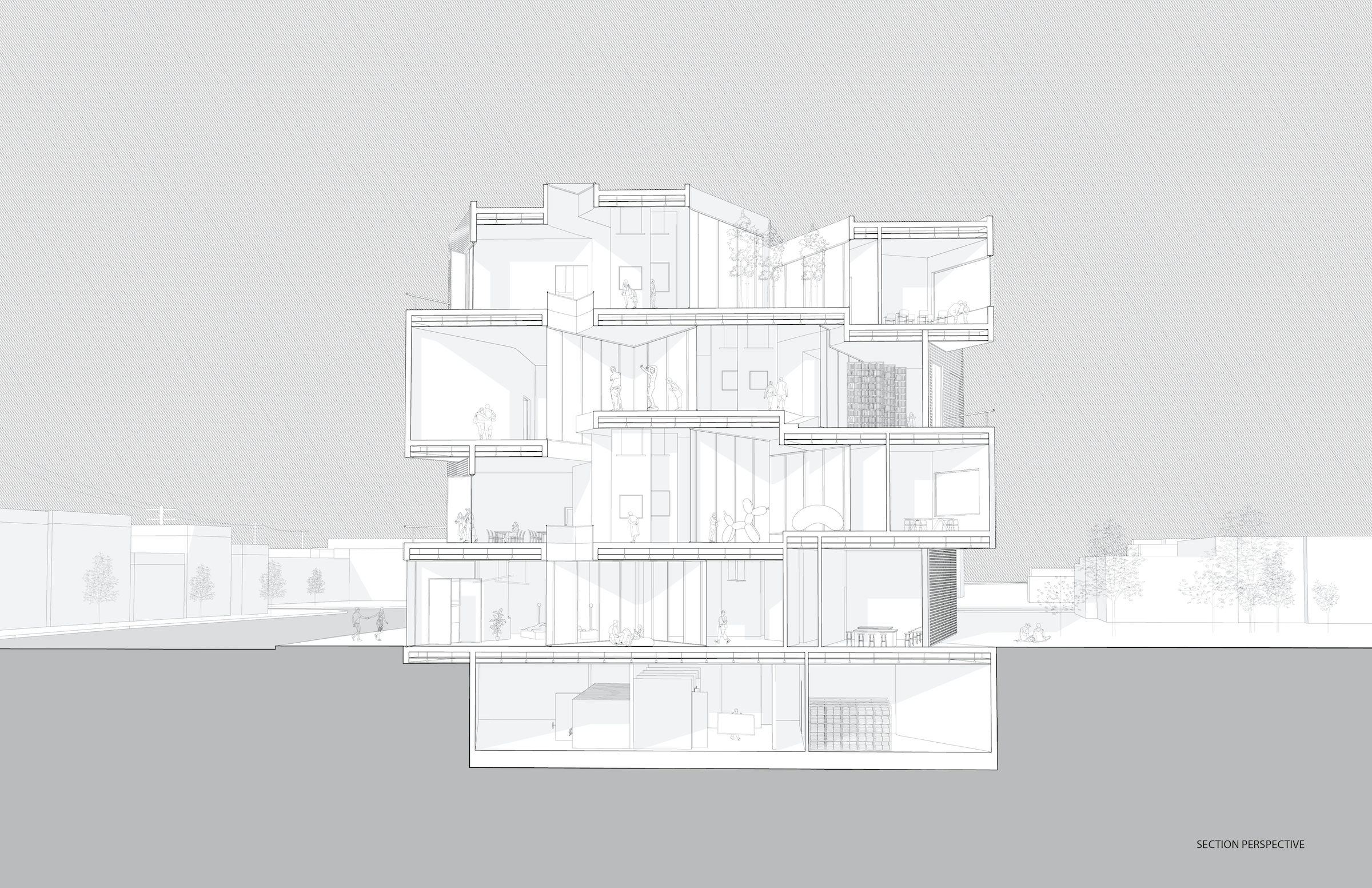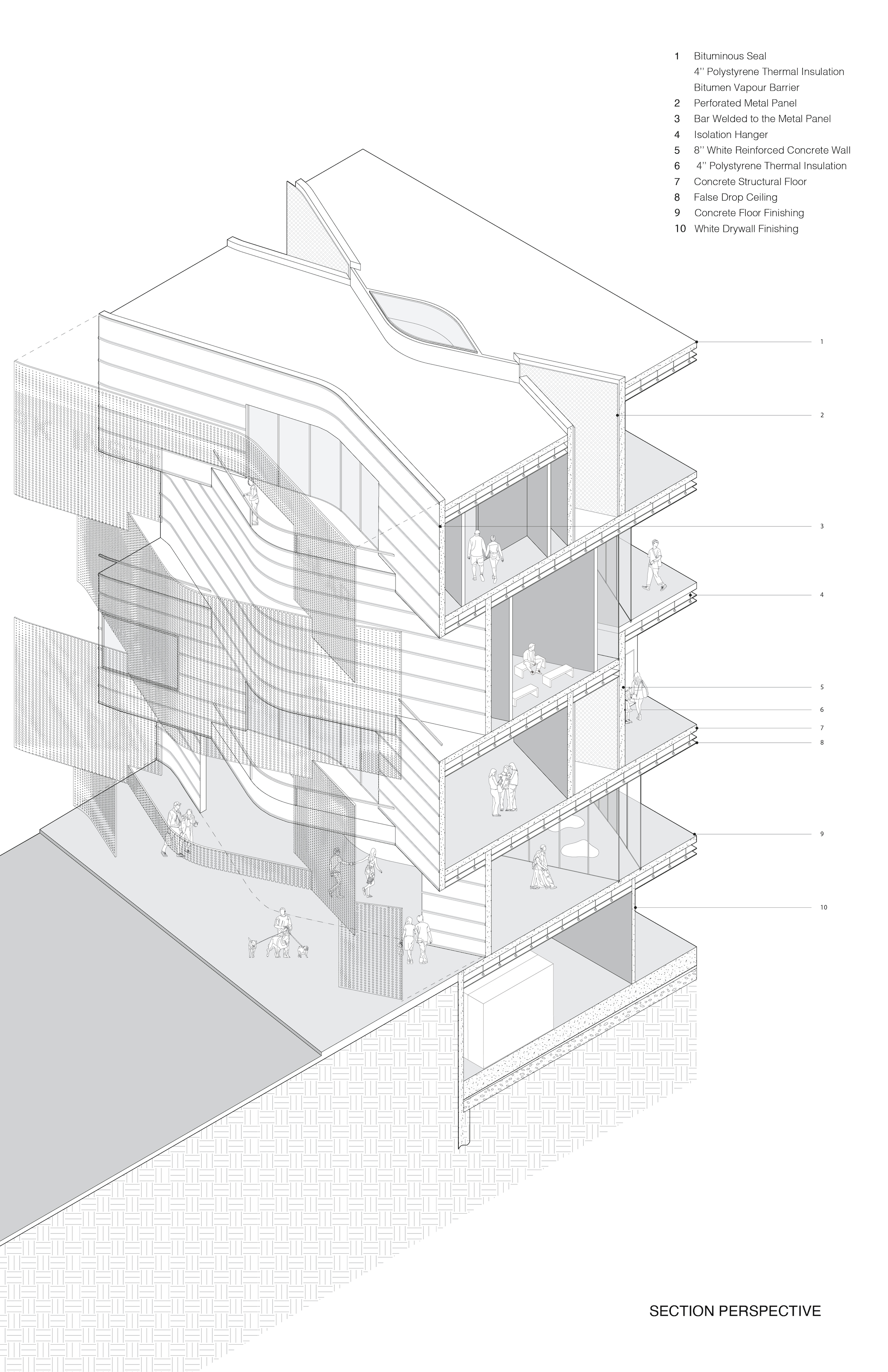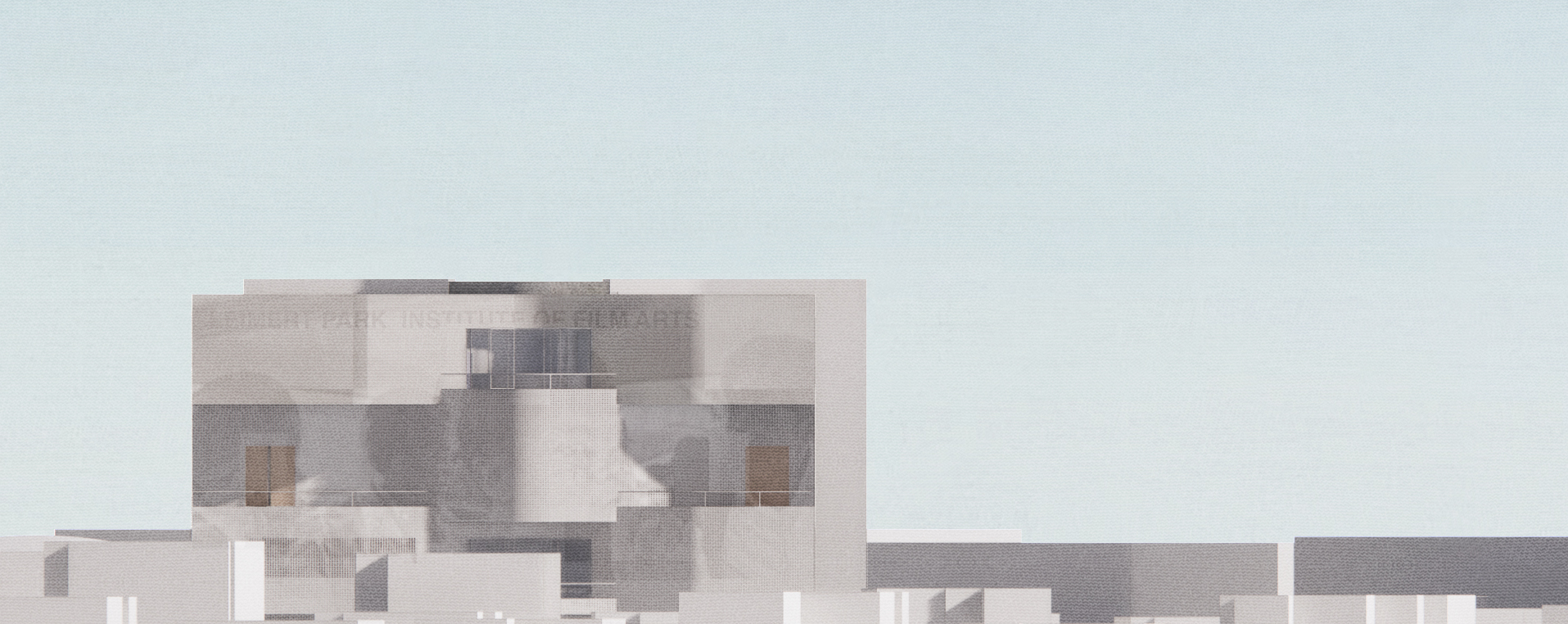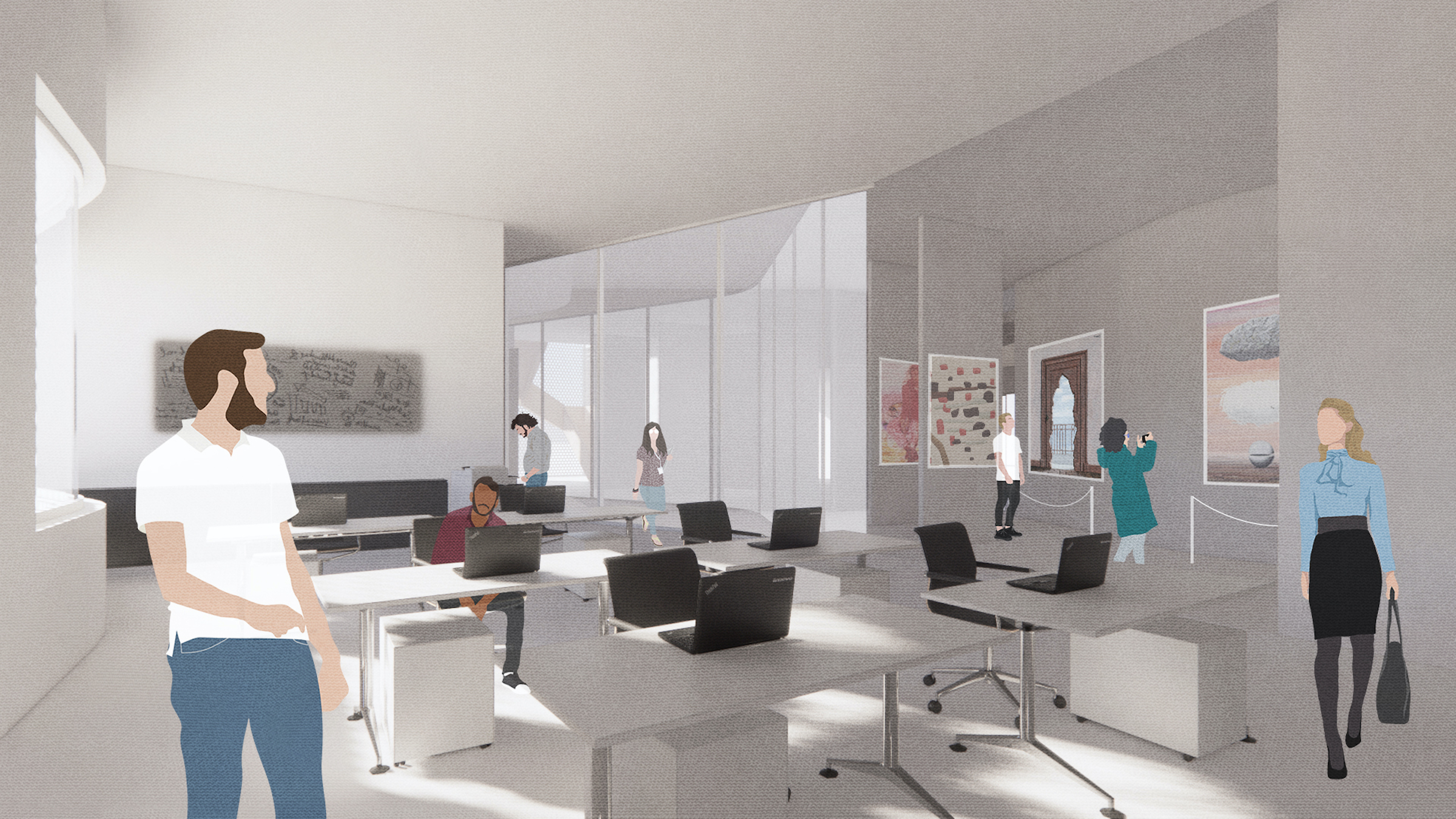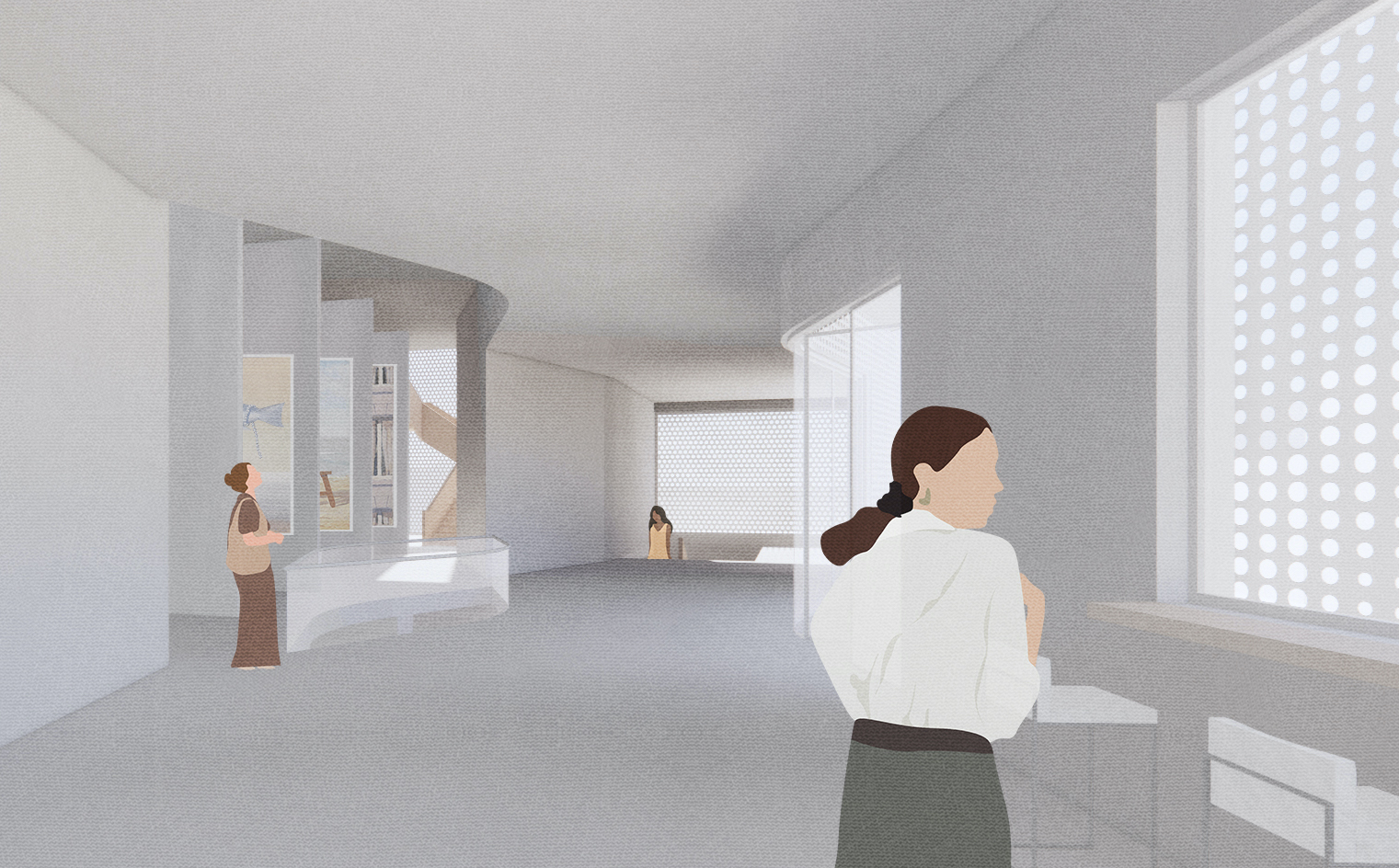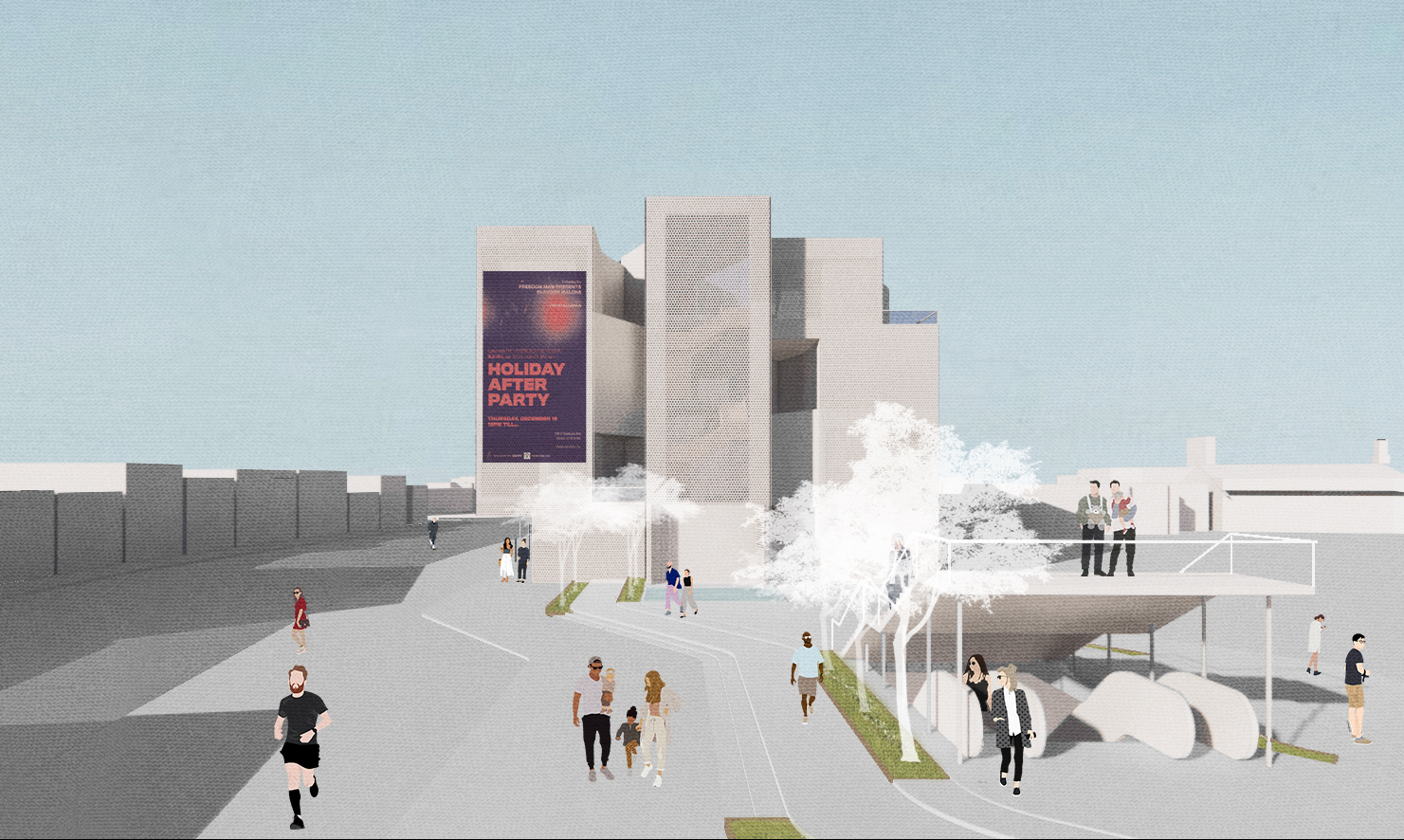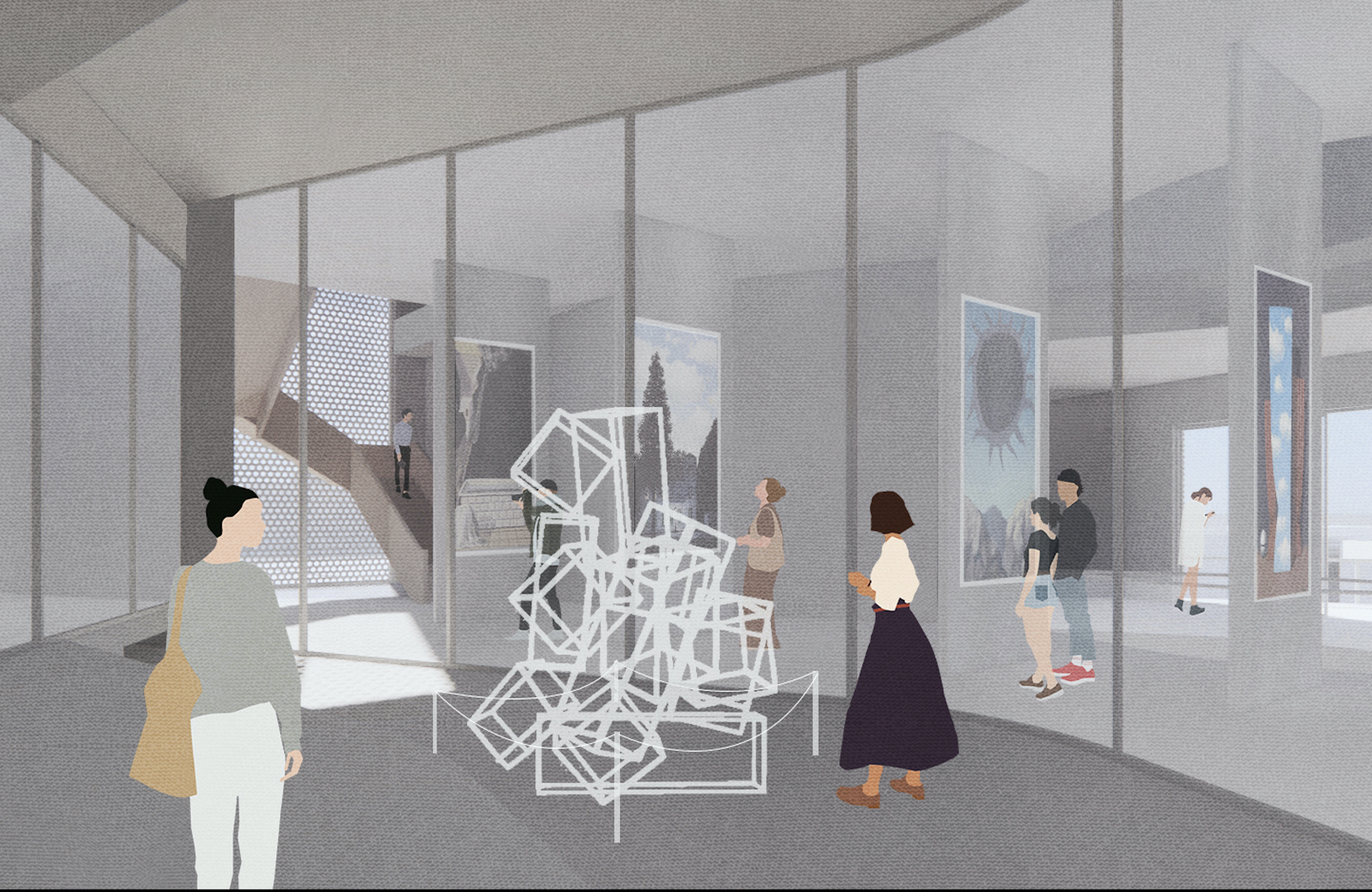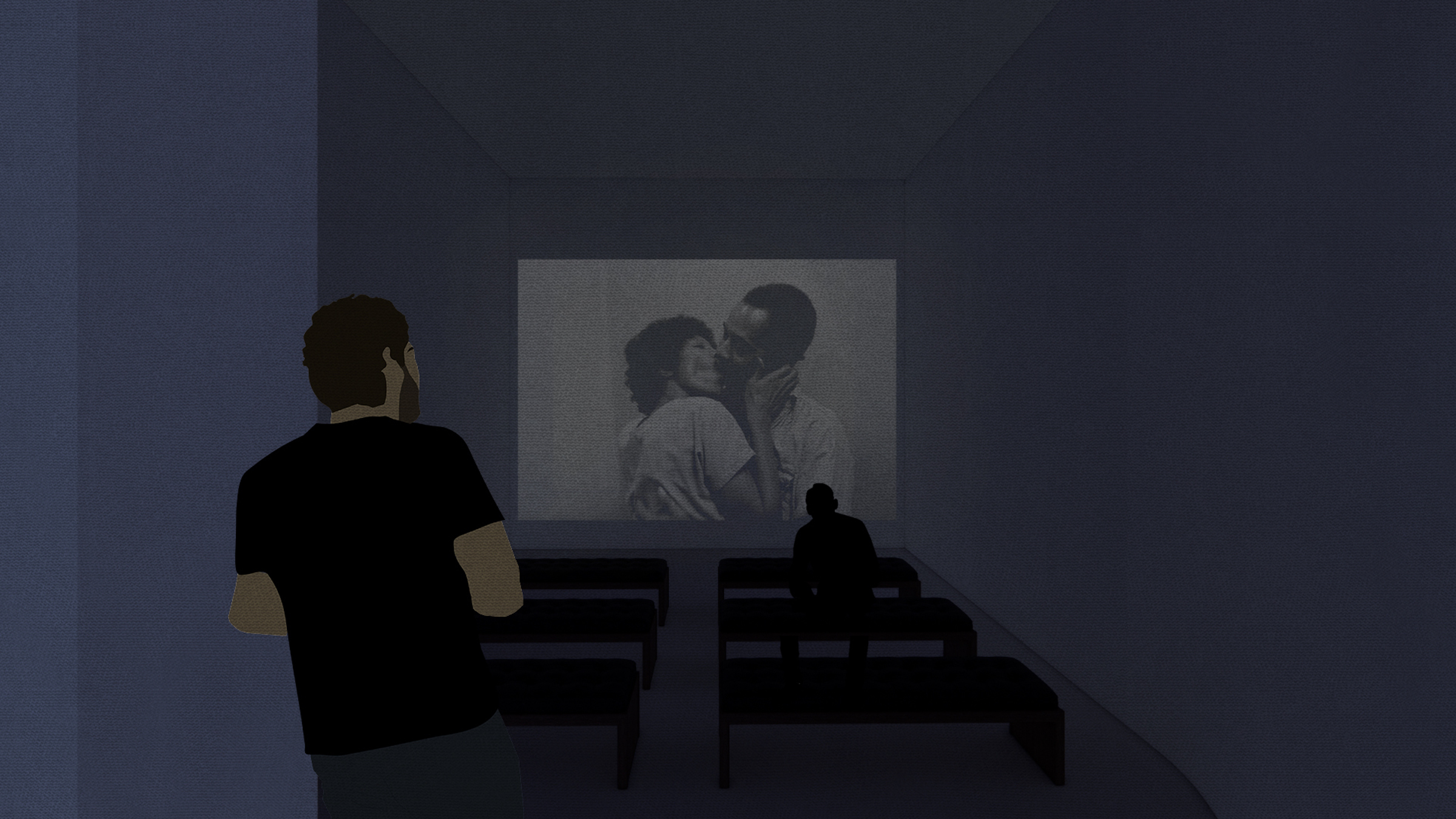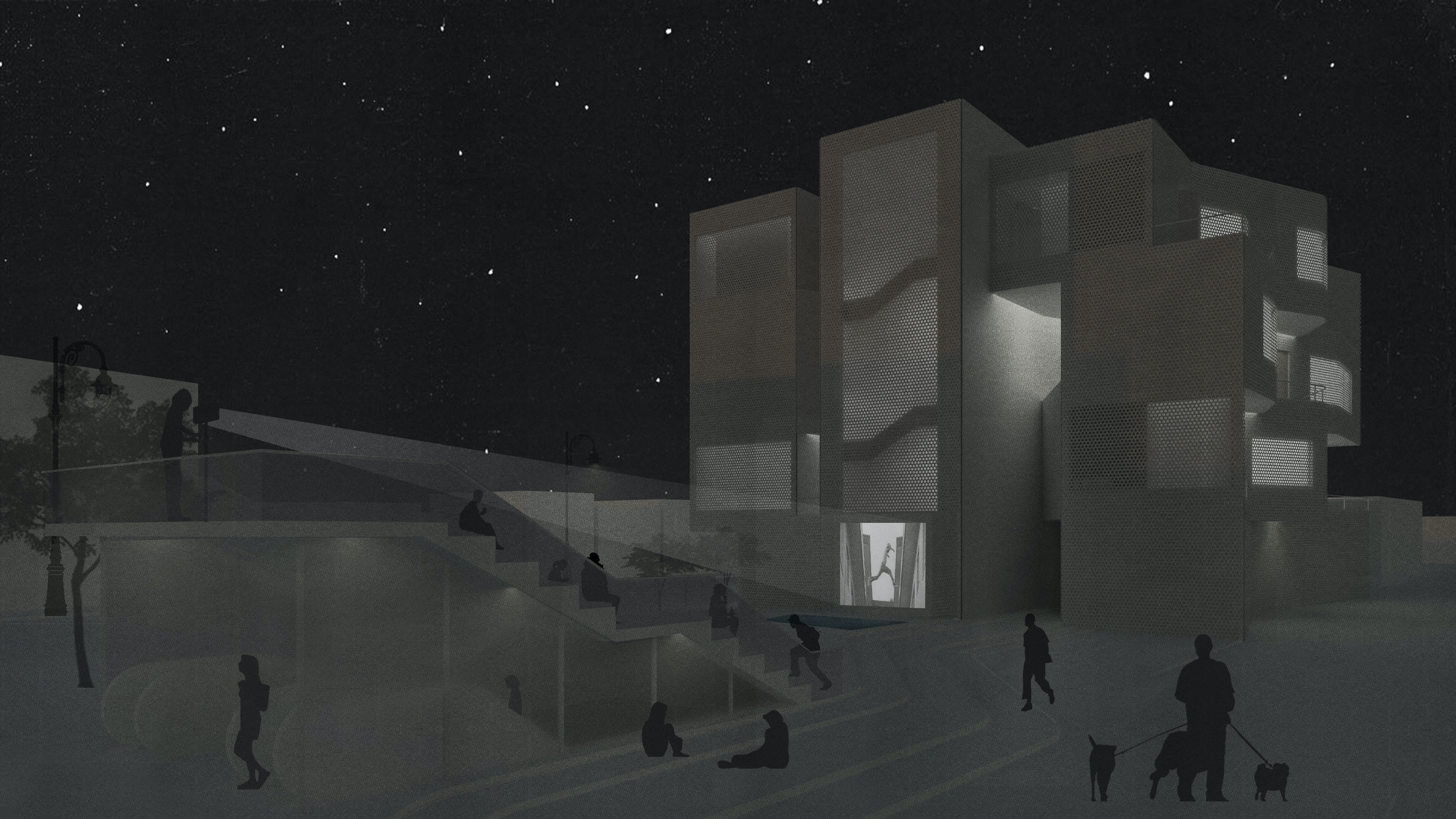Montage
The initial concept of the project is driven by this idea of montage. In the 1920s, as an aesthetic principle, montage, was first discovered and leave an important impact in filmmaking history. It is defined as a technique of assembling disparate elements into a composite whole through juxtaposing, editing, and intertwining multiple storylines of a narratives. The L.A. Rebellion also employed a great amount of this technique and chronicles the developing of Black Filmmaking. Since the Leimert Park Institute of Film Arts is a space that has more than just a singular program, it also plays a role of a composite whole and providing different sort of programs, this technique of montage was employed to form a continuous flow among different programs. At each floor, there is a courtyard space, which facilitate the sense of visual connection between programs and become space for installation, greenery, or resting spot. Sectionally, floor heights are varied, so as people move from one program to another, they could be conscious about the change in program through the difference in ceiling height. The strips also extends to the metro plaza, which become another space for people to interact and communicate. Structurally, on-site cast concrete panel are used to create a more smooth feeling to strengthen the flow of space. A layer of perforated metal facade is added to both protect the building from direct sunlight as well as acting as another layer of montage when combining with the opening, especially during the night. An iconic scene from the L.A. rebellion was also choose and superimposed to the front undulating facade, which become both a decoration and indicator of the building. Overall, the building itself provides a continuous narrative for different programs while at the same time celebrates the history of film in an architectural way.
